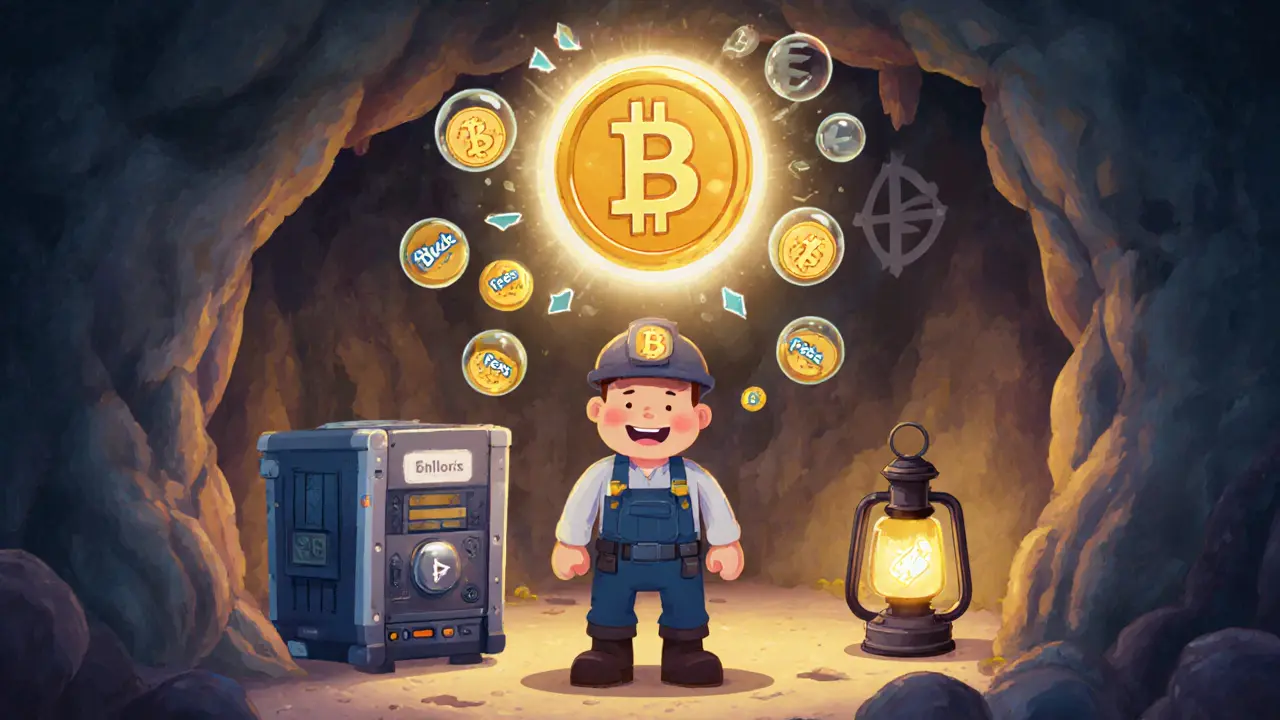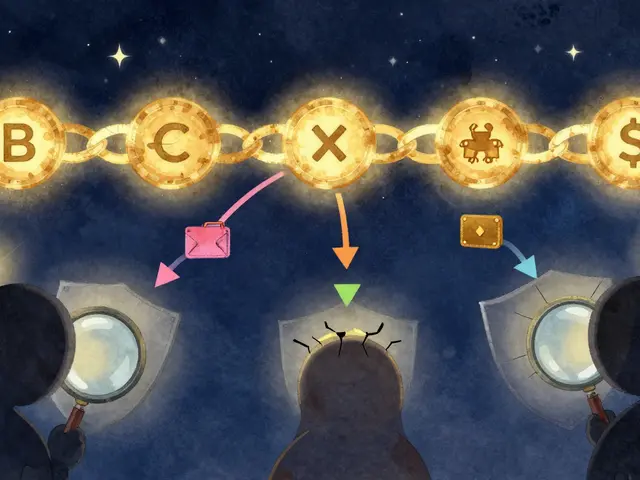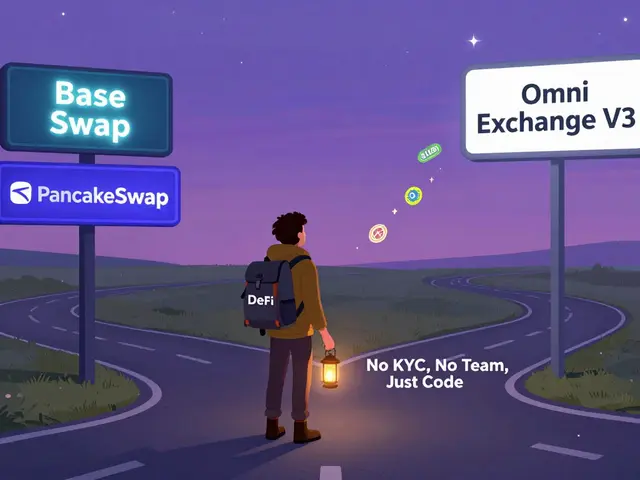Block Reward: The Core Incentive Behind Crypto Mining
When working with block reward, the newly minted coins a miner earns for adding a valid block to a blockchain. Also known as block subsidy, it fuels network security and token distribution. The block reward is the financial heartbeat of most proof‑of‑work chains.
At the same time, cryptocurrency mining, the process of solving cryptographic puzzles to confirm transactions depends on proof-of-work, a consensus mechanism that requires computational effort to add new blocks. Block reward therefore requires proof‑of‑work consensus, and the reward itself motivates miners to keep the network alive.
Key Factors That Shape Block Rewards
Every block also carries transaction fees, small payments users attach to speed up their transactions. As a chain matures and its block subsidy shrinks, fees become a larger slice of the total miner payout. This relationship means that the overall block reward is a combination of newly minted coins plus the fees collected in that block.
Most networks set a clear schedule for how the subsidy changes over time. Bitcoin, for example, halves its block reward roughly every four years, dropping from 50 BTC to 25 BTC, then 12.5 BTC, and so on. Ethereum’s recent shift to a fee‑only model after the Merge removed the minting component entirely, turning the block reward into pure transaction fees. These schedules create predictable inflation curves and give investors a way to model future supply.
From a miner’s perspective, the reward amount influences whether mining remains profitable. Energy costs, hardware efficiency, and local electricity rates (see our “Top Crypto Mining‑Friendly Countries 2025 Ranking”) all feed into the break‑even point. When the subsidy drops, miners lean more heavily on fee revenue or migrate to chains with higher rewards, reshaping the mining landscape.
Tokenomics designers also use block rewards as a distribution tool. A steady flow of new coins can mimic an airdrop, rewarding participants who secure the network rather than handing out free tokens arbitrarily. That’s why many airdrop guides (like the VerseWar VERSE token airdrop) compare the economics of airdrop grants to what miners earn through block rewards.
Regulators are paying attention too. In jurisdictions where mining is heavily taxed or restricted, the block reward’s taxable portion can affect a miner’s decision to operate locally. Our coverage of crypto‑friendly countries highlights how tax regimes intersect with reward structures, influencing where mining farms set up shop.
Below you’ll find a curated set of articles that dive deeper into each of these angles: country rankings for mining, safety tips for airdrops, tokenomics breakdowns, and the latest policy shifts that impact block reward economics. Explore the collection to see how the block reward connects to real‑world decisions, from where you mine to how you evaluate a new token’s supply model.
Block Reward vs Transaction Fees: How Crypto Miners Earn Money
Explore how block rewards combine new coins and transaction fees, why fees matter for Bitcoin and Ethereum security, and what the future holds for miners and validators.





